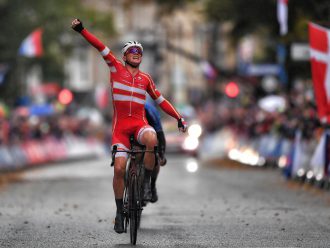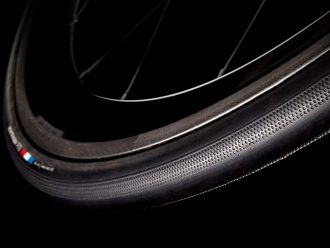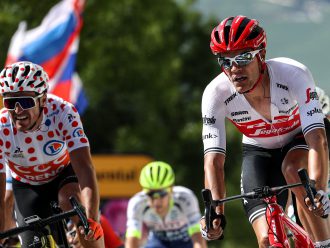- 30 September, 2019
- Trek Performance Research
In the lab with Madone IsoSpeed The science behind the smoothest ride
In Trek Performance Research Center’s first public test, Trek engineers used a custom-built treadmill and a high-speed camera to put the final stamp of approval on Madone IsoSpeed.
The tools in the Trek Performance Research Center allowed us to structure the test to be both realistic and repeatable – a rare and powerful combination in the world of product testing.
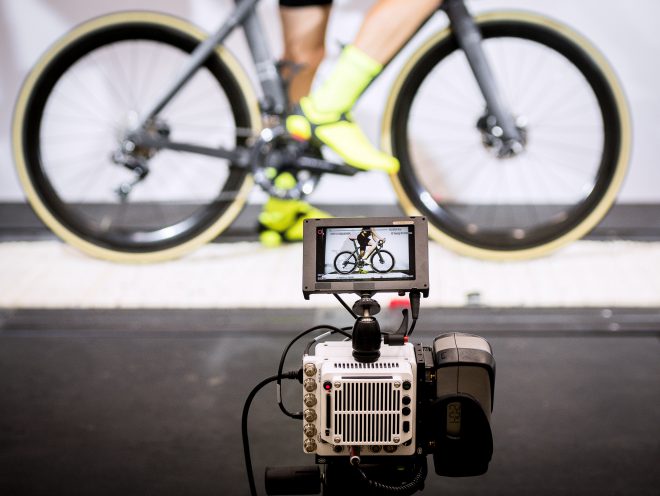
At Trek, athletes – including the riders of Trek-Segafredo – play a central role in our testing process. The level of detail they can feel is astounding, and no one’s more critical or thoughtful with their feedback. But we always validate rider preference with a slew of high-tech testing and analysis. Our high-speed camera plays a big part in this.
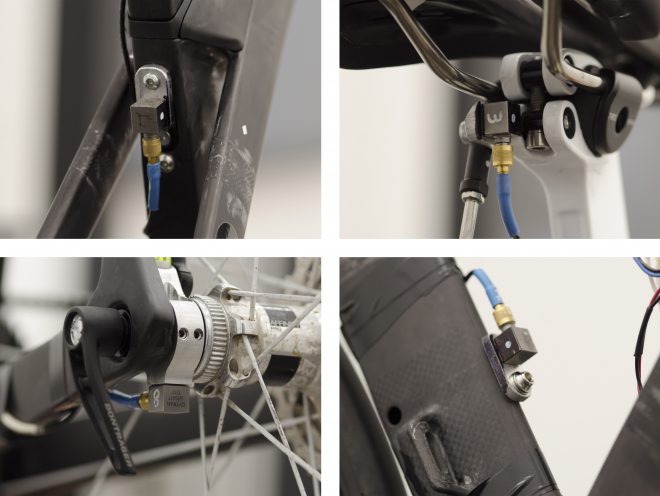
But why stop at two terabytes of high-speed video footage when you can also collect 300 million points of sensor data?
In each test run on the treadmill, we collected data from accelerometers and linear sensors we’d placed on the frame. These sensors measure the amount of vibration Madone IsoSpeed absorbs and how much the frame moves.

In the end, the magic happens when we pair the vibration data with the images from the high-speed camera. Together, they paint a full picture of Madone IsoSpeed and how well it achieves a smooth ride across a variety of surfaces.
This graph shows the vibrational energy experienced at the saddle for the previous Madone versus Madone with IsoSpeed. This type of spectral analysis is one of our favourite ways to break down the physics of bicycle vibration.
Read the Madone SLR White Paper for a deeper dive into the ultimate race bike’s technology and testing.
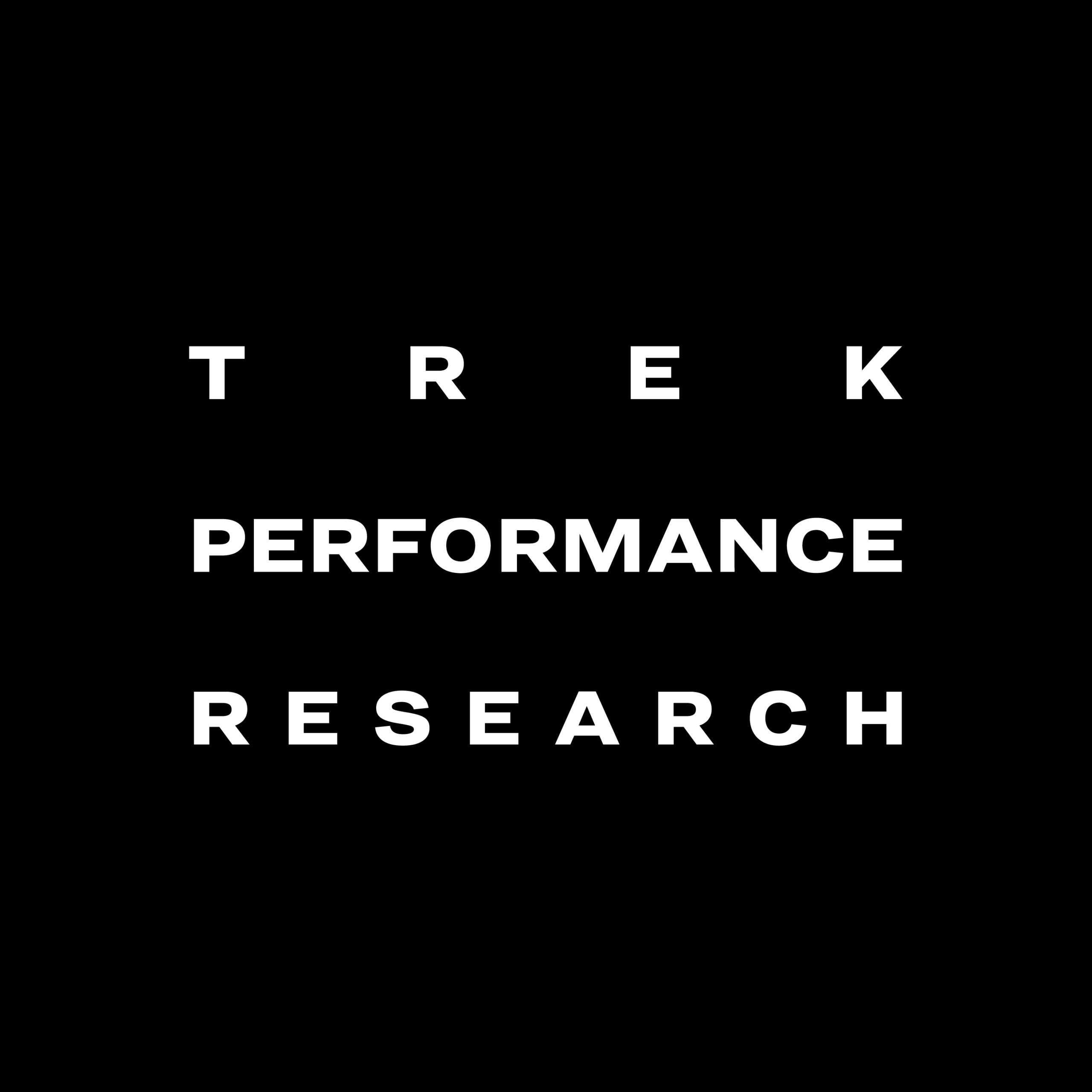
About the Author: Trek Performance Research
Trek may have been born in a barn, but it was raised on rocket science. Trek Performance Research is the driving R&D force behind developing the industry’s most innovative products.


